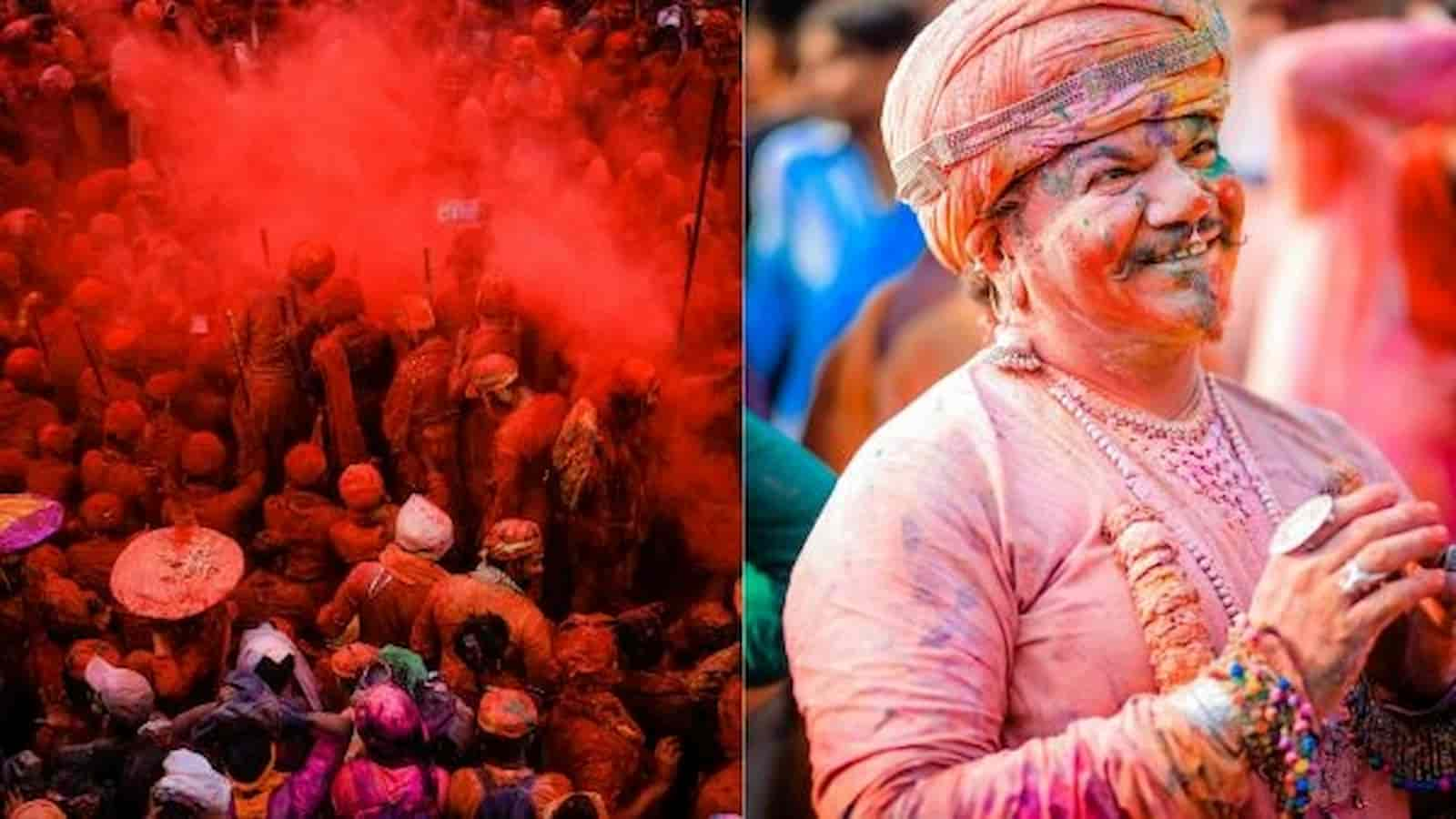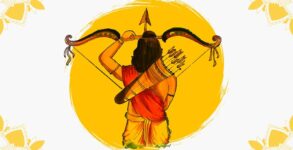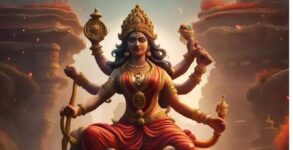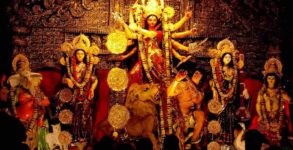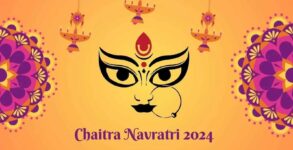Dolyatra 2024 (India): Depending on the position of the moon, Dolyatra is observed on a different date each March; this year, it falls on March 25. The occasion is analogous to Holi and signifies the conclusion of the Bengali calendar’s festival season. In recognition of the eternal affection and bond between Lord Krishna and Radha, this day was designated as a holiday.
The day Lord Krishna declared his affection for his beloved Radha is commemorated eternally. As a sign of reverence, the Phag, a vibrant powder, is initially applied to the photographs of deceased family members and is subsequently placed on the feet of elders. The significant plastering of the powder on faces subsequently commences.
Dolyatra History
Dolyatra, alternatively referred to as Doljatra is a religious observance honored during the presence of the final full moon in the Hindu Calendar. While the occasion bears a resemblance to Holi, it diverges marginally in terms of its procession and objective.
In addition to commemorating the arrival of spring, Holi is a day that honors the demise of Holika, Hiranyakashyap’s malevolent sister, who tried to assassinate his son Prahlad. Dolyatra, conversely, commemorates the romantic union between Radha and Krishna.
While colored powder is utilized in celebratory processions as well, it is applied in a specific sequence and serves various functions that correspond to the significance of the occasion in Dolyatra. Further embellishments are applied to the idols of Lord Krishna and Radha, in addition to dashes of colored powder. These statues are carried from one end to the other atop adorned chariots in a graceful manner. The deities are splattered with colored powder by men, whereas women are inspired to perform bhajans and songs.
“Gondh” refers to the initial day of Dolyatra. It is believed that Lord Krishna paid a visit to Ghunucha on this day. In observance of this, a pyre is erected in front of the prayer house, and the idol of Lord Krishna is ceremoniously paraded. “Hari Bol” chants reverberate through West Bengal as the idols of Radha and Krishna are carried. The second day of the procession is referred to as Dol or Bhor-Deul. The pigmented powder is applied to photographs of deceased family members on this day. Elders’ feet are also imbued with the colored powder to obtain their favors.
Following the satisfactory reception of the elders’ benediction, the customary practice of smearing others with powdered colors commences. Individuals also pay visits to the residences of their loved ones while carrying delectable Rasgullas. The third day is equally momentous, as more hues are utilized in celebrations. On the fourth day (“Sueri”), the spectacle continues with hundreds of individuals engaging in prayer, worship, and other activities.
Commonwealth Covenant Day 2024 (US): History, FAQs, Dates, Activities, and Facts
Ravenclaw Pride Day 2024: FAQs, Dates, History, and Activities
Pakistan Day 2024: History, FAQs, Dates, Activities, and Facts
Dolyatra 2024 (India) FAQs
Are Holi and Dolyatra synonymous?
Parallel to the Dolyatra celebration is the ‘Festival of Colors,’ which is observed on the same day as Holi, the final full moon in the Hindu calendar, and the occasion on which Dolyatra is commemorated. Dolyatra is distinct from Holi in that it commemorates an entirely different legend and is the final festival of the Bengali year.
What takes place on the final day of Dolyatra?
It is referred to as “Sueri” when Lord Krishna returns from the residence of Ghunucha. Devotees and non-devotees alike gather in large numbers to commemorate the conclusion of this festival. Individuals persist in defecating upon the idol while also being directed at one another.
How can the colors be eliminated following Dolyatra?
Soak or scrub in a bath immediately following phag play to effectively remove colors and prevent skin irritations and discomfort. Additionally, you could promote the use of organic pigments to avoid potentially hazardous chemical-based alternatives.
Dolyatra 2024 (India) Activities
Produce and distribute dairy goods
Dolyatra is a locale where prasad, including panchamrit and dairy products such as homemade butter, yogurt, and milk, are prepared and distributed to all. Create a homemade dairy dessert and distribute it among your closest circles of friends and family.
Commend a conflagration.
On the initial day of Dolyatra, one observes “Gondh.” On this day centuries ago, one of Lord Krishna’s spouses, Ghunucha, visited him. As a traditional observance, a pyre is erected in front of the prayer house, and devotees gather around the idol of Lord Krishna.
Produce “phage” (pale powder).
Obtain the name phage for the colored powder, which is an integral component of celebrations. The phage is utilized to show reverence for deceased family members by being dispersed on photographs of deceased relatives. Subsequently, the powder is applied to idols and the feet of elders as an additional gesture of respect. At last, each individual is granted a coat of pigmented powder.
Five Interesting Facts Regarding Dolyatra
This concludes Bengal’s festival season.
The final festival of the Bengali year is known as Dolyatra.
The incineration of ‘Agira’
The conflagration symbolizes the incineration of ‘Agira,’ the deity associated with a multitude of ailments.
Depicting a love narrative
It is believed that the tradition of tossing colored powder originated in the mythological tale of Radha and Krishna’s love.
Radha was a paramour of Lord Krishna.
Despite not being married to Radha, Lord Krishna harbored romantic feelings for her.
Radha was a former spouse of Krishna.
Radha was the ex-life spouse of Lord Krishna.
DOLYATRA DATES
| Year | Date | Day |
|---|---|---|
| 2024 | March 25 | Monday |
| 2025 | March 14 | Friday |
| 2026 | March 3 | Tuesday |

